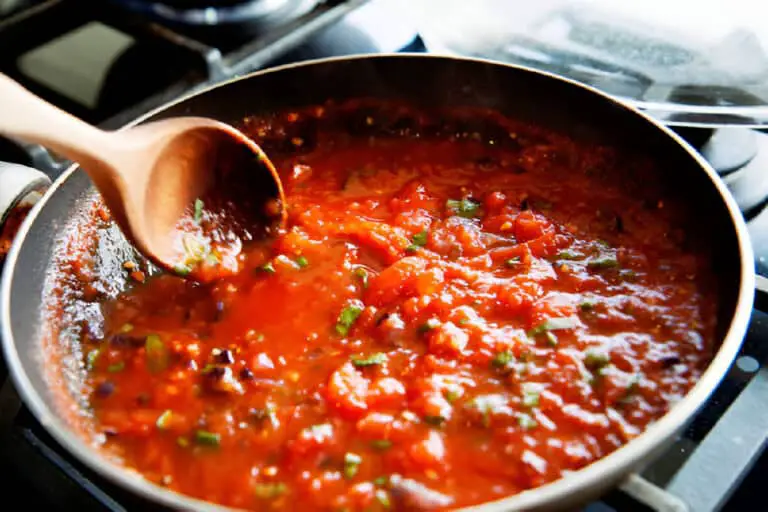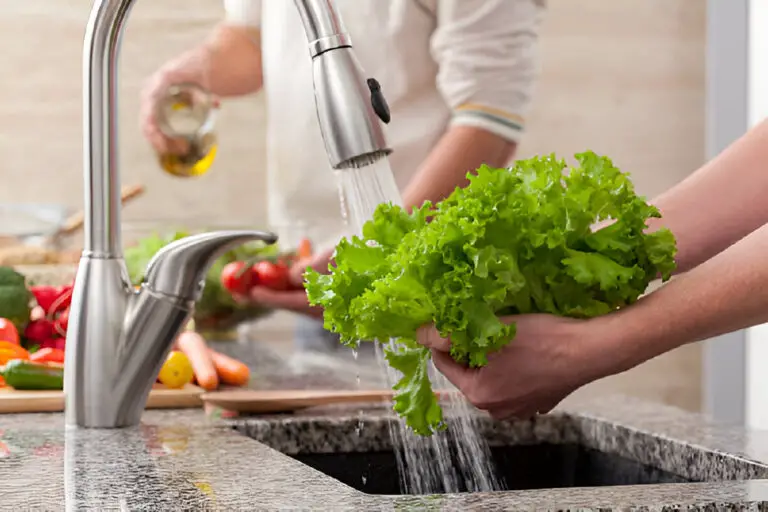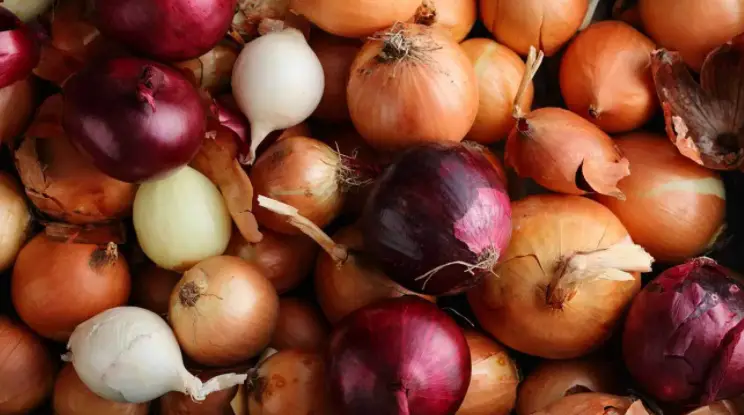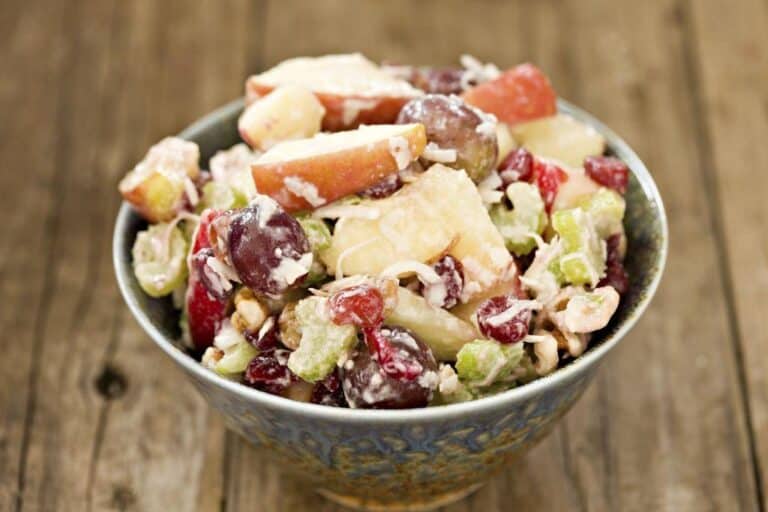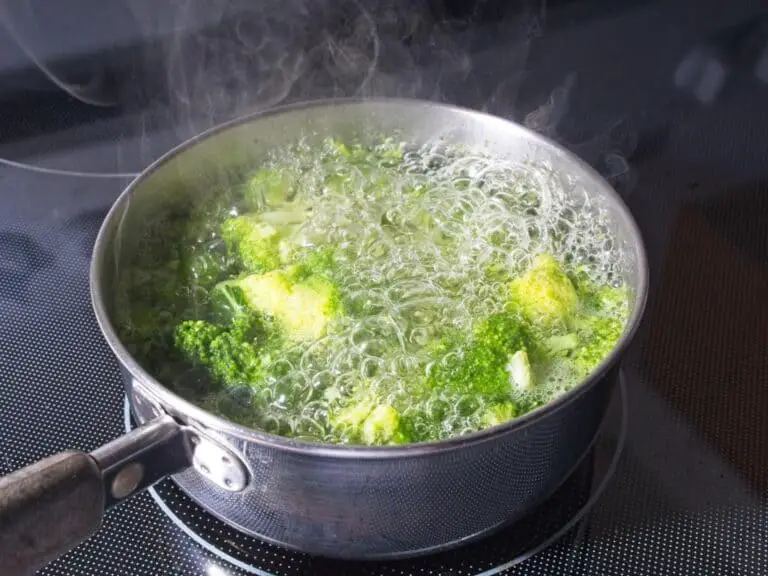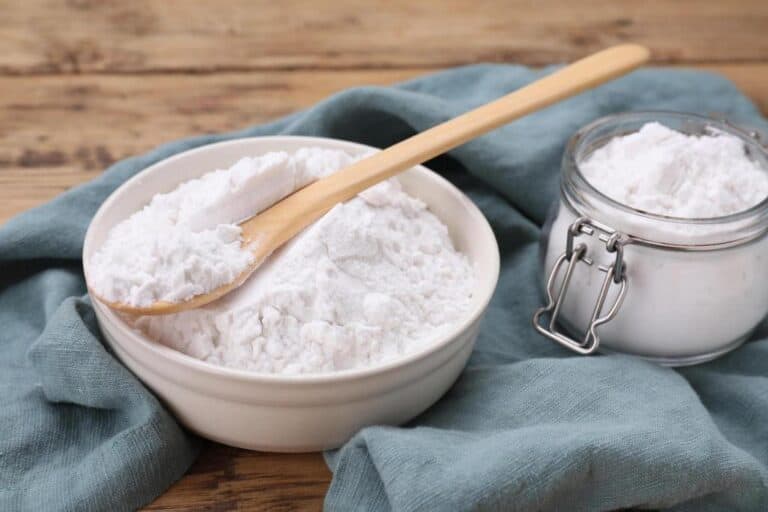Soaking vs. Boiling: Which is Better for Pumpkin Seeds?
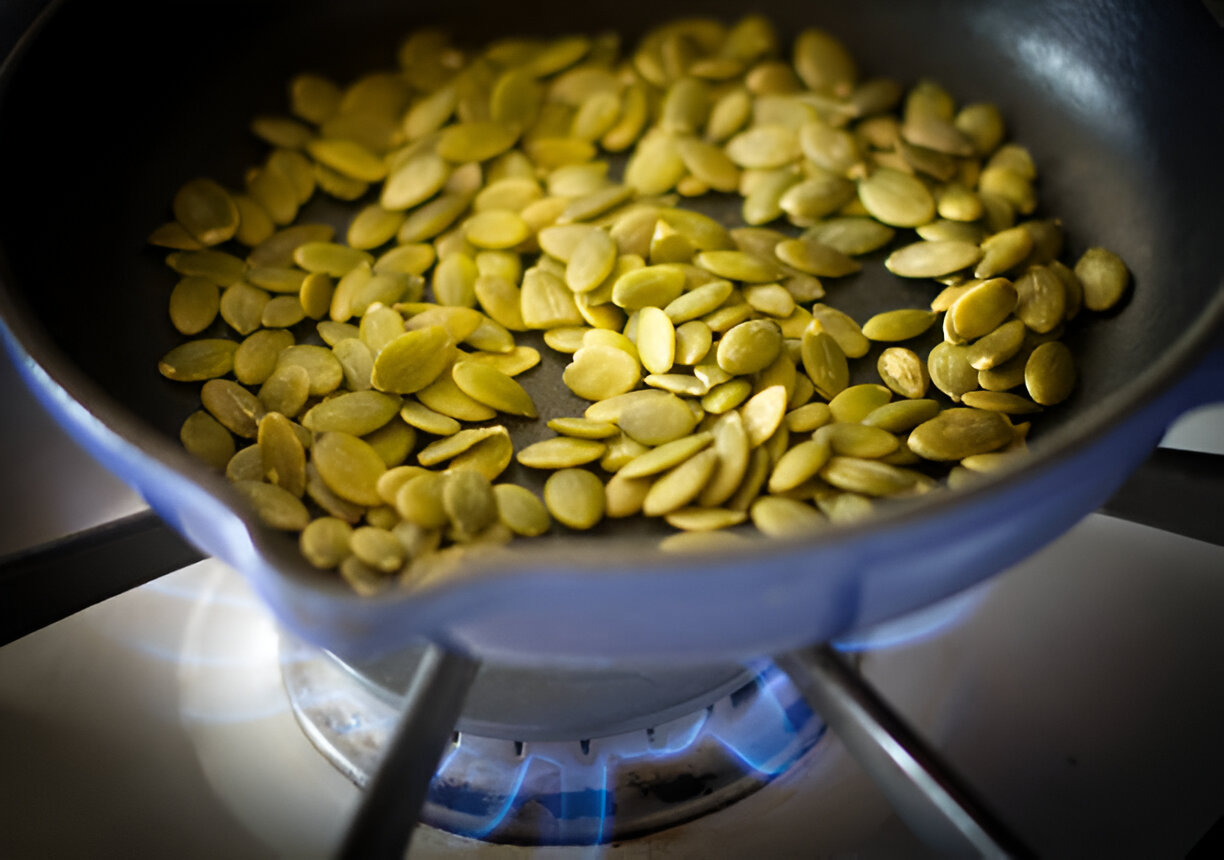
When it comes to preparing pumpkin seeds, there’s no shortage of opinions. I’ve come across countless articles, forums, and friends who all have their own take on whether you should soak or boil pumpkin seeds. It’s a bit like the age-old debate of whether pineapple belongs on pizza—divisive and filled with passion.
So, naturally, I had to dive in and figure out which method truly reigns supreme.
Why the Debate?
Before we dig into the how-tos, let’s get one thing straight: both soaking and boiling pumpkin seeds come with their own set of benefits. But here’s the catch—what’s right for me may not be right for you. Personal preference plays a huge part in the process. Do you want to soften your seeds for easier digestion? Are you after that perfect crunch? Maybe you’re just trying to make sure those seeds are safe to eat.
In my journey of experimenting with both methods, I’ve come to realize that these small yet mighty seeds are versatile enough to work in multiple ways. Whether I choose to soak or boil, the end result can be equally delicious—but the steps to get there vary.
Soaking Pumpkin Seeds: A Gentle Approach
Soaking pumpkin seeds overnight is a practice many people swear by, and for good reason. It’s like giving your seeds a nice spa day before they meet the heat. Soaking softens the seeds, which makes them easier to chew and digest. Plus, soaking also allows the seeds to absorb any flavors you want to introduce—like salt, garlic, or even a little smoked paprika.
Here’s what I’ve learned from my own experiences:
- Soaking softens the seed: You’ll find that after a night in water, the seeds become plump and tender. They’re no longer as hard and tough as they can be if boiled from dry. This can make a big difference if you’re planning to use them in a salad or snack mix, where you want a little give to the bite.
- A digestibility bonus: Soaking pumpkin seeds can help break down certain compounds that are harder for our bodies to digest, making them more nutritious and easier on the stomach.
- Flavor infusion: If you want to get creative, soaking the seeds in salty or herby water can be a great way to flavor them from the inside out. I’ve found that adding a touch of olive oil and some sea salt to the water makes a world of difference in taste.
However, there’s one downside to soaking. The seeds will have a slightly softer texture, which is not always ideal for those of us who crave that crunchy bite. But if you don’t mind a softer texture and want an easy-to-digest snack, soaking might be your perfect match.
Boiling Pumpkin Seeds: The Quick and Clean Method
On the flip side, we have boiling. Boiling pumpkin seeds is faster, and in my opinion, it’s a cleaner process that’s more straightforward. If you’re short on time, this is the method I lean toward when I need results in a pinch.
Boiling the seeds helps to kill off any bacteria or contaminants that may be lurking on the seeds, which adds an extra layer of peace of mind, especially when you’re working with fresh seeds from a pumpkin.
Here’s why I love boiling:
- A quicker turnaround: With boiling, you can get the job done in under 20 minutes, which is a huge plus if you’re in a rush. There’s no need to plan ahead and wait for seeds to soak overnight. A simple rinse and a boil, and you’re good to go!
- Crunchy exterior: Boiling without soaking helps preserve the firmness of the seed, giving it that satisfying crunch we all know and love when roasting pumpkin seeds.
- Safe and sound: Boiling kills off bacteria, and for me, that gives a little extra peace of mind, especially if I’m using seeds that have been sitting around for a while or if I’m not 100% sure about their cleanliness.
But the downside? The seeds can end up a little tough or chewy if you overdo the boiling process. It’s a fine balance between cooking them just right and accidentally creating something that resembles a rubbery snack.
The Best of Both Worlds?
For me, there’s no one-size-fits-all answer. I love both soaking and boiling, depending on the mood or the dish I’m preparing. However, if you’re looking for a happy medium between the two, you could combine them!
Here’s what I do sometimes: I soak the seeds for about 2-3 hours instead of overnight. This gives them enough time to soften without becoming overly mushy. Then, I give them a quick boil for about 5-7 minutes to ensure they’re safe and ready for roasting.
This hybrid approach is especially useful if you want your pumpkin seeds to be a little softer but not too soft, with just the right balance of tenderness and crunch.
| Method | Pros | Cons |
| Soaking | Softens seeds, easy digestion, flavor absorption | Seeds can be softer than desired |
| Boiling | Quick, kills bacteria, maintains crunch | Seeds can become tough or chewy |
| Soak & Boil | Balanced, soft but still holds structure | Takes a little longer, but worth it |
How to Choose: Soak, Boil, or Both?
If you’re still on the fence about whether to soak, boil, or do a little of both, here’s how I decide what to do:
- Soak if: You want a softer, more digestible snack or are looking to flavor your seeds with extra seasoning during the soaking process.
- Boil if: You’re pressed for time or prefer a faster, more straightforward method that guarantees crunch.
- Soak & Boil if: You want the best of both worlds—soft yet firm seeds with a bit more flavor flexibility.
The bottom line? There’s no “right” or “wrong” way to prep your pumpkin seeds. It all depends on how you want your seeds to taste and what texture you’re after. You can try each method for yourself, or even combine them to suit your taste.
Do You Wash Pumpkin Seeds Before Cooking?
What is the best way to prepare pumpkin seeds? Do you need to wash them before cooking?
Pumpkin seeds are a healthy snack choice, and they are also a great addition to many recipes. Before you cook pumpkin seeds, it is important to understand the best way to prepare them.
The first step is to remove the seeds from the pumpkin. This can be done by scooping them out with a spoon, or by cutting the pumpkin in half and removing them with a knife.
The next step is to wash the seeds. This is optional, but it is recommended if you are going to eat the seeds raw. Simply place the seeds in a colander and rinse them with cold water.
The final step is to cook the seeds. This can be done in a variety of ways, such as roasting, baking, or frying. For the best results, follow the recipe that you are using.
Final Thoughts: The Real Magic
For me, pumpkin seeds are a little piece of autumn heaven. Whether I soak or boil, they’re a nutritious, crunchy snack that never disappoints. I hope my experiments with both methods help you decide how to best prepare them for your own recipes or snacking adventures.
No matter how you choose to prepare them, enjoy the process! After all, it’s about the fun of experimenting with flavors and finding what works for you. Plus, it’s a pretty good excuse to get your hands in a pumpkin.

